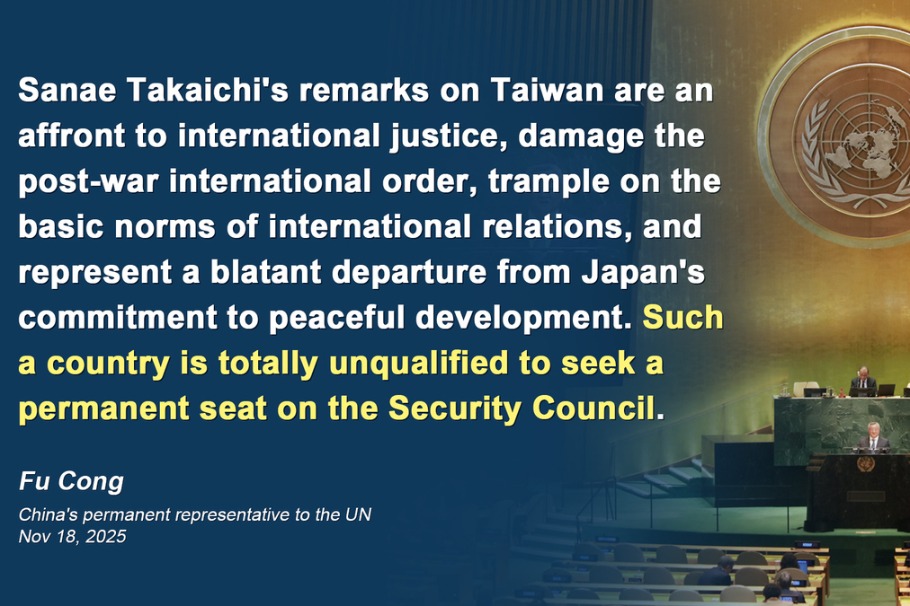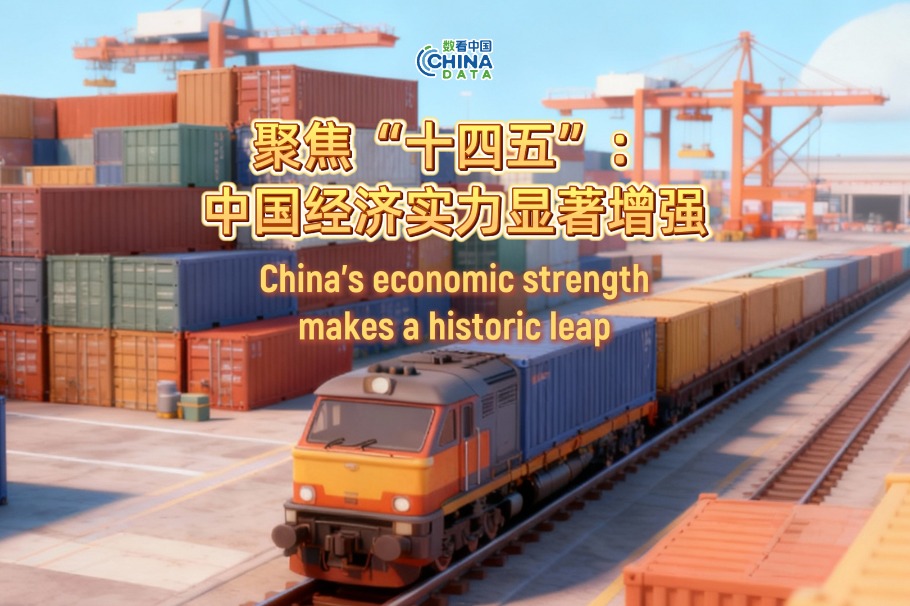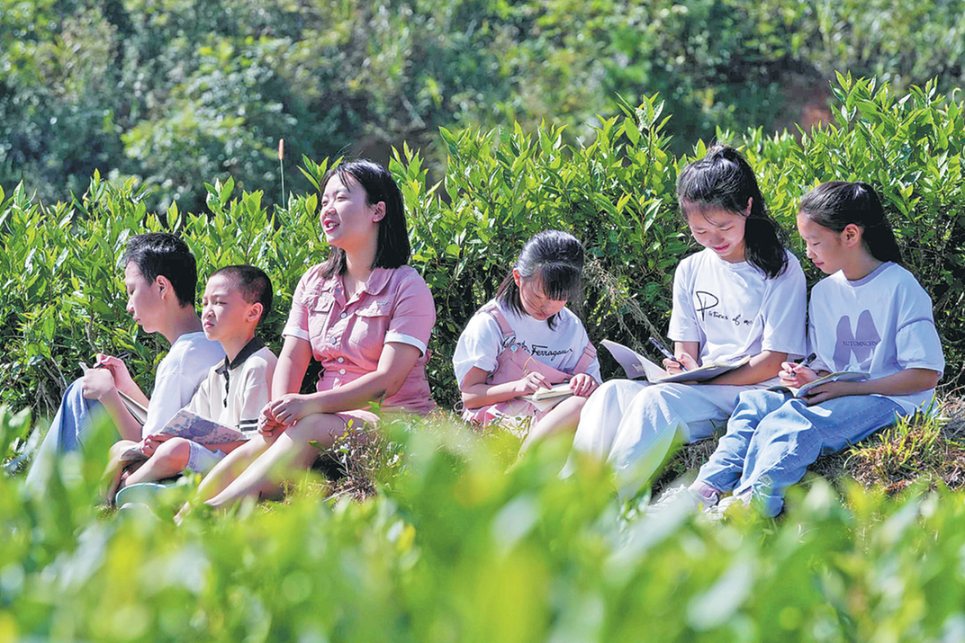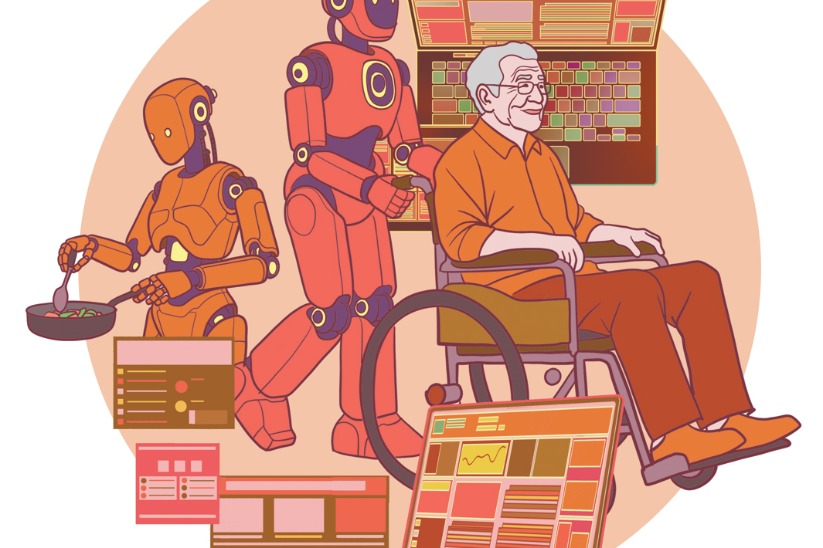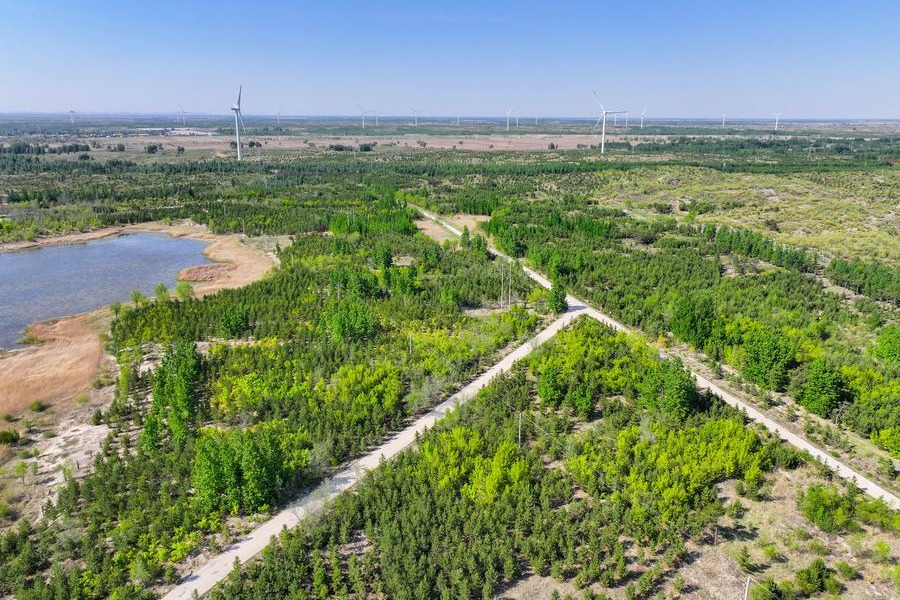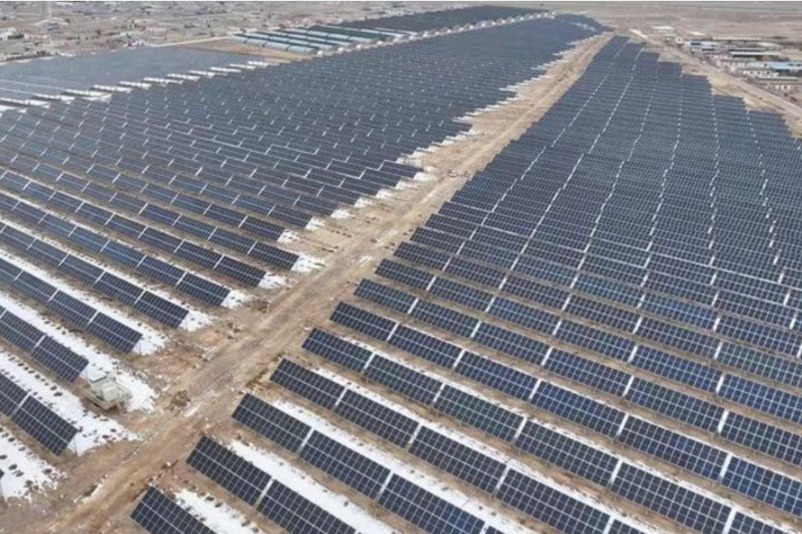Shougang Park a major player within Beijing's recent industrial and urban regeneration

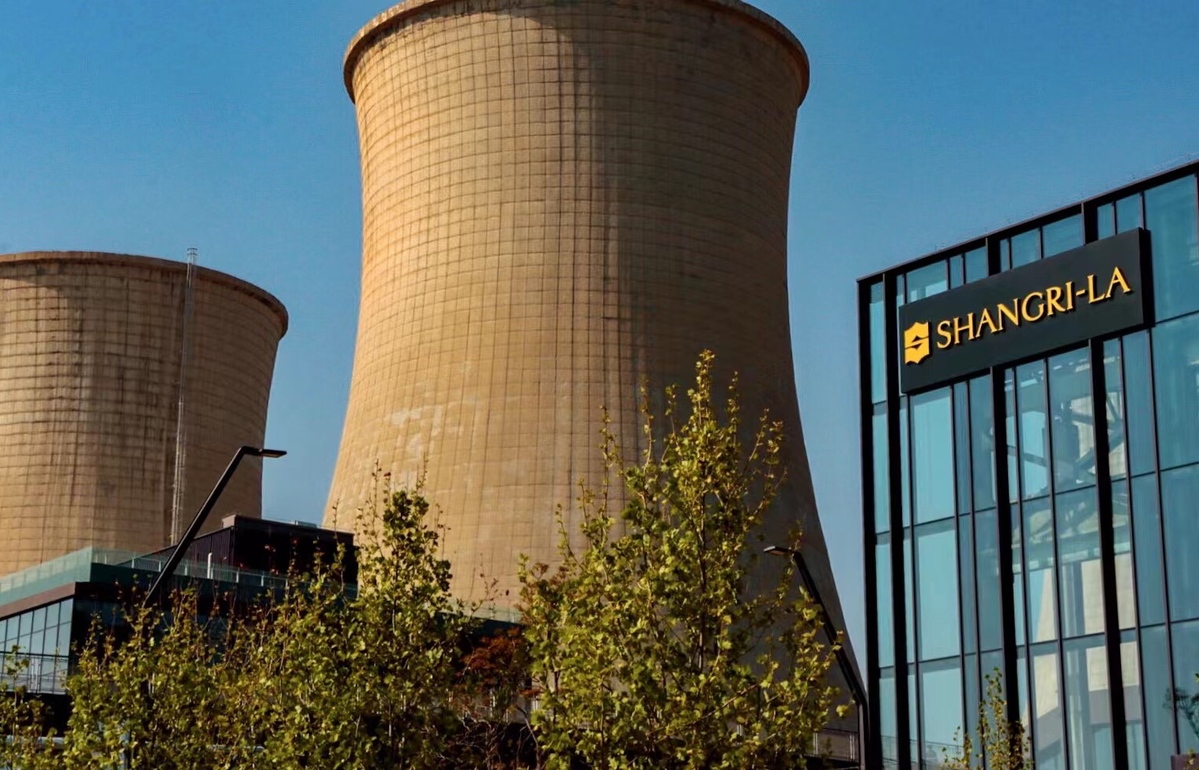
In mid-1995, on a flight from the UK to Beijing, the aircraft began an unusual descent toward Capital Airport. Instead of passing over the Great Wall near Miyun, we seemed to be approaching from the west. Looking down I saw urban and industrial development within what appeared to be a narrow valley opening up onto a wider plain. There stretched a maze of railway tracks alongside giant cooling towers discharging steam. Smoky flames were rising from what appeared to be a massive steelworks complex. This was not the Beijing I knew; there was nothing about it in my guidebooks or maps.
A few days later, I travelled by metro Line 1 westwards towards Pinguoyuan. My plan: to take a bus from there to the Fragrant Hills (Xiangshan). Emerging from the metro station, I became aware of sulfur-like aromas in the air. In the distance rose tall cooling towers withthe distinctive sounds of heavy industry. Fascinated, pointing toward the site, I asked a local "what is this?" From the air and on the ground I had come upon the Shougang Steelworks, one of the largest then existing in China. It was, however, a relic from an earlier period in the country's development, dating back to 1919. Again, it was all so different from the city I perceived at that time, one that was gradually being transformed into a modern capital.
By 2010, principally out of environmental concerns, the steelworks had shut down production, relocating to a coastal location at Caofeidian east of Tianjin. However, the main structural elements of that vast plant remained standing, initially in a kind of limbo. Thankfully, Beijing did not take the easy option of clearing the site for future real estate development. Instead, careful thought and planning went into deciding the best use of what Shougang presented. The principal physical components of the architecture would be kept but adapted into modern usage, something that would attract both domestic and, hopefully, international visitors. Some buildings, including new constructions, would be developed both for commercial venues and centers potentially for advanced innovation. This would all be set within a pleasant parkland environment totaling 8.63 square kilometers. Ponds, once integral parts of steel production, would be cleaned up into wetlands that could become home to bird life.
















